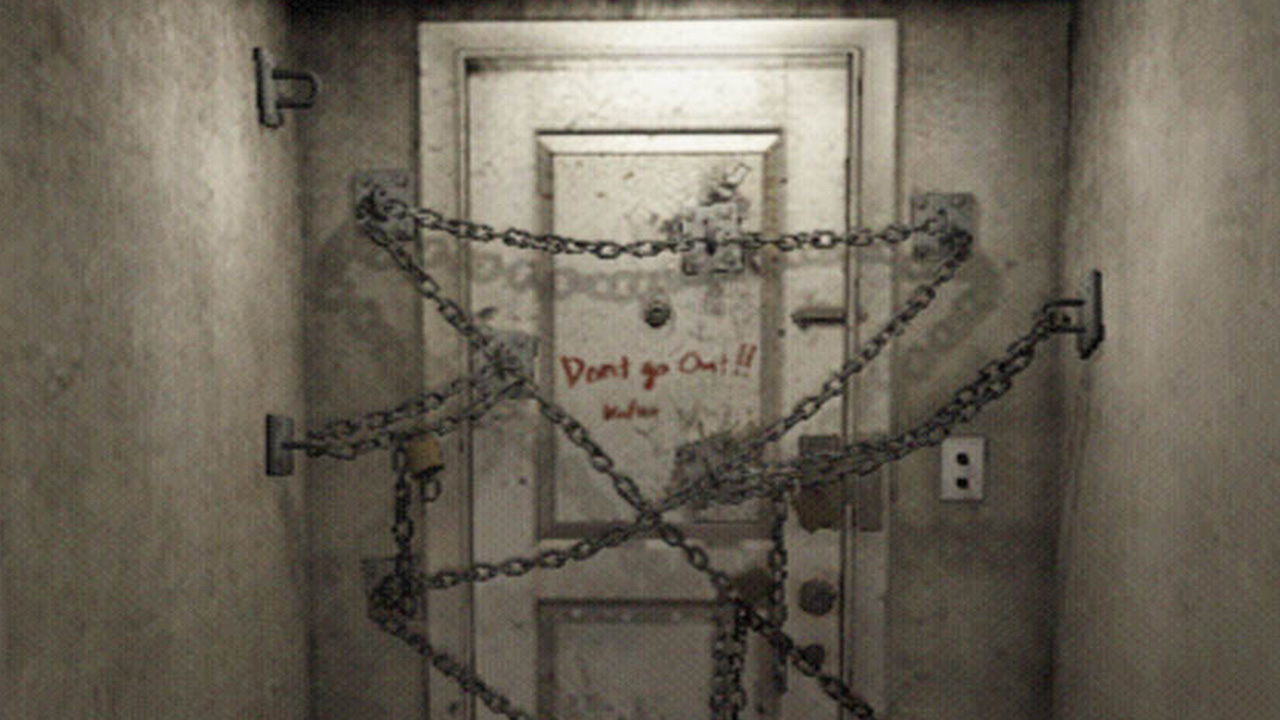
Remakes and remasters have become a constant thrum in the release schedule. It's easy to understand why. Reliable name recognition, a pre-established fanbase, and an already-designed game make for a smart investment. Yet, at the same time, it's a paradoxical approach that does a disservice to what makes gaming unique as a medium. Simply put, the games that need to be revisited and granted a second chance, the near-misses, are never the ones that get the opportunity.
Don't get me wrong, some of my favorite games in recent years have been remakes. I think Resident Evil 4 genuinely evolves the series' zombie-blasting combat loop with its impressive new knife. And the recent Silent Hill 2 is legitimately additive, with revisions of its iconic monsters inspiring true dread and its shaken up level designs giving new opportunities to feel lost in the fog. But even when I'm playing and loving them, I'm haunted by the feeling that we're missing out.
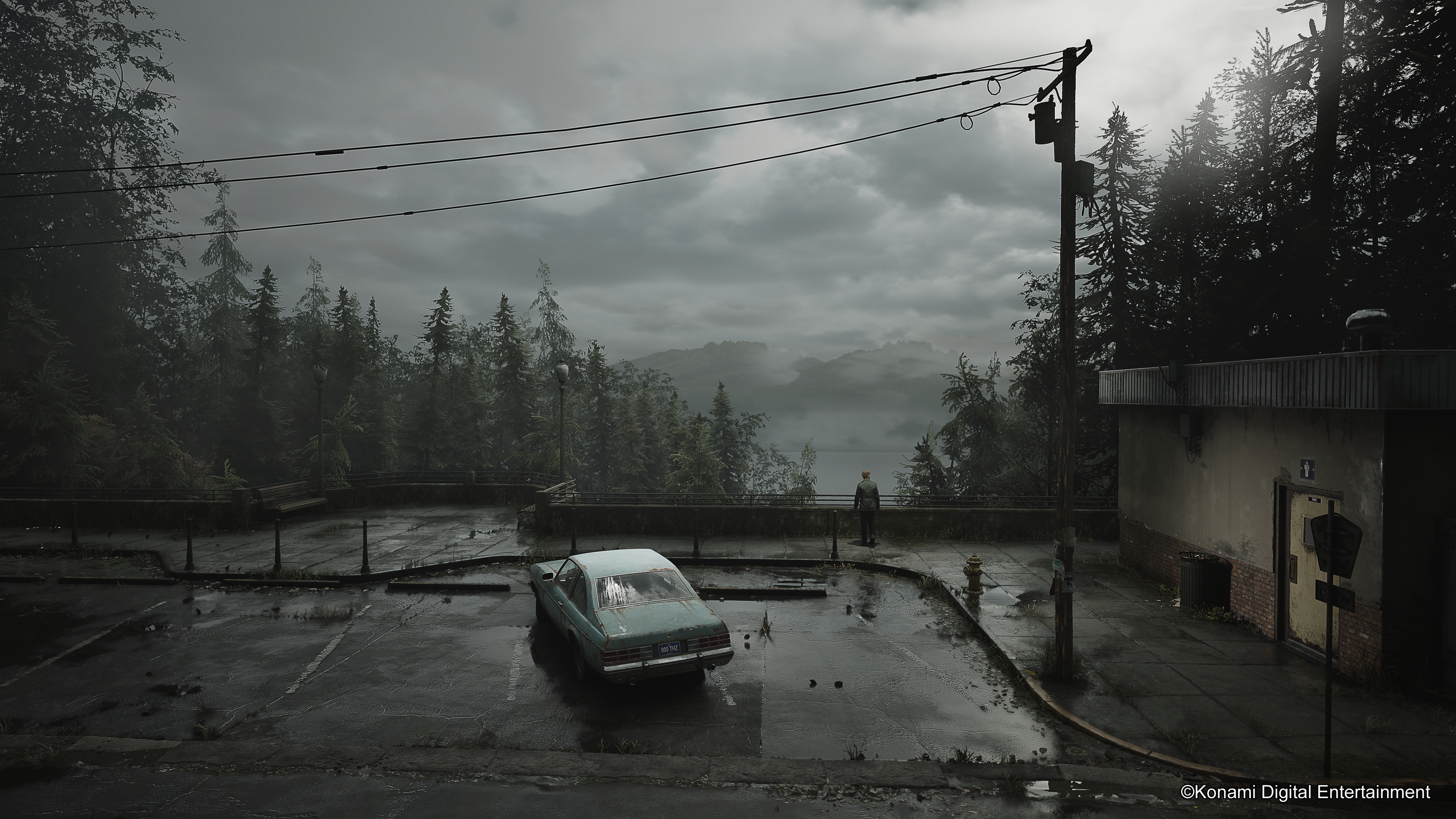
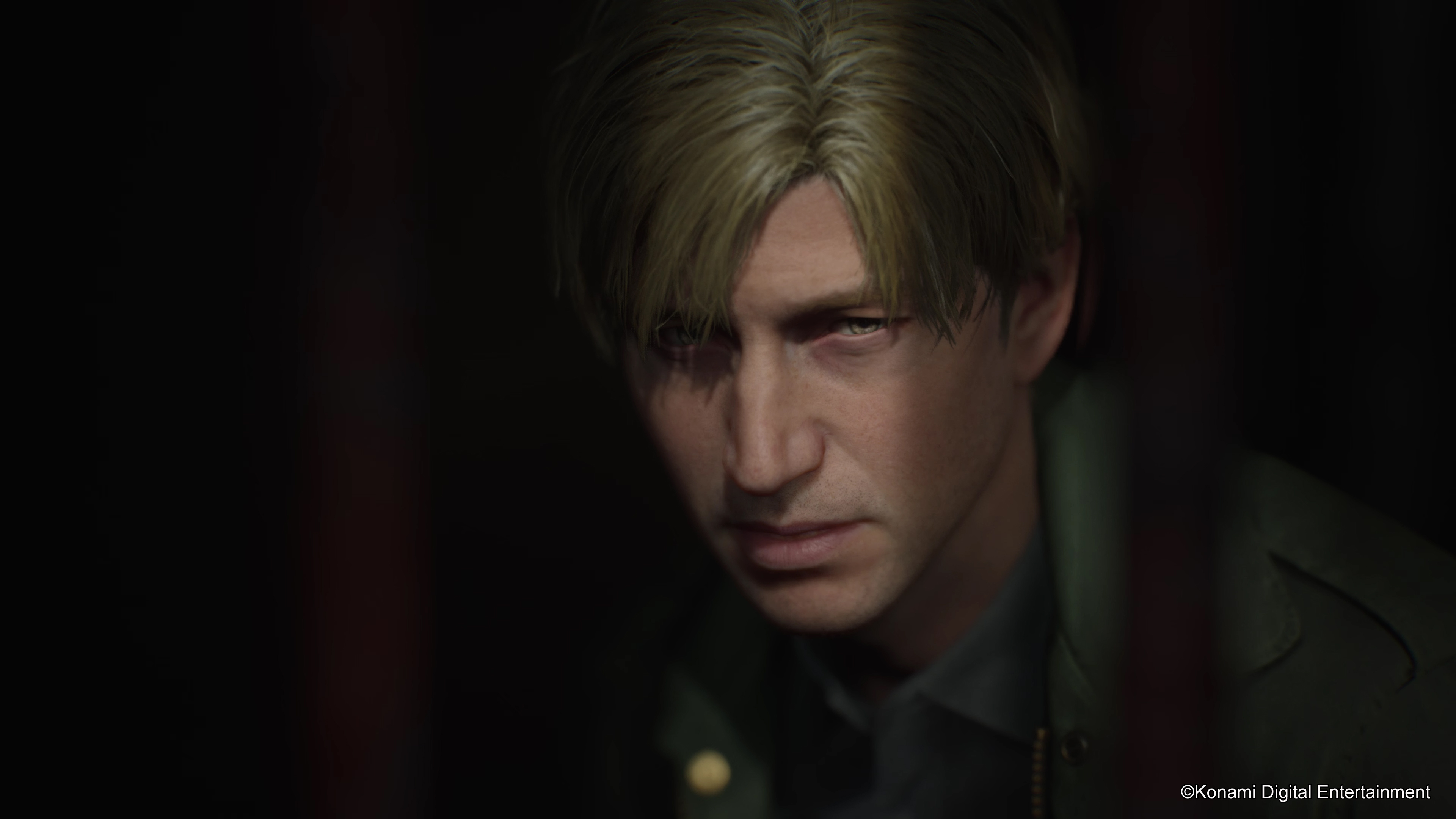
How was Bloober Team's big remake anyway? Read our Silent Hill 2 review to find out!
The reason Silent Hill 2 was chosen to be the series' first full remake, skipping over the first game, feels easy to guess – it's the most popular. It deserves that label, too. But as someone who recently played through all the games back-to-back, it's also the easiest to return to (if only it were actually available on modern storefronts, though). The original Silent Hill 2 remains a great game, warts and all. Remaking it cashes in on that rep rather than thrusting it into the spotlight that it never really left.
Oh hi, Henry
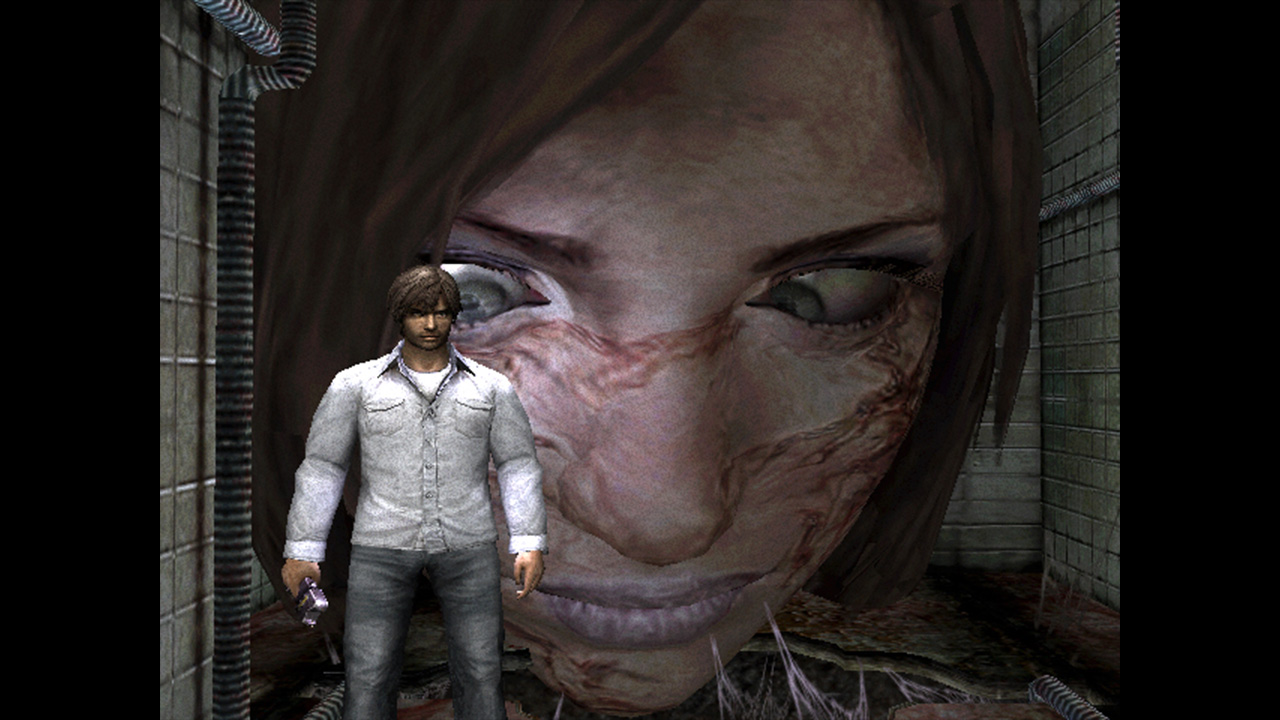
Silent Hill 4: The Room, on the other hand, feels much more tragic. The final game developed by what remained of Konami's Team Silent, it's filled to the brim with some incredible ideas that moved the series in a brand new direction.
Trapped in a single apartment with the front door mysteriously bolted closed, regular guy Henry Townshend discovers a small tunnel in his bathroom that leads him to a nightmarish labyrinth of twisted everyday locations full of hideous monsters, wandering ghosts, and oozing despair. As he progresses, the horrors within spill out into his apartment, and he can only look on at the tightening noose of a supernatural serial killer conspiracy as it invades the world outside through his window and peepholes.
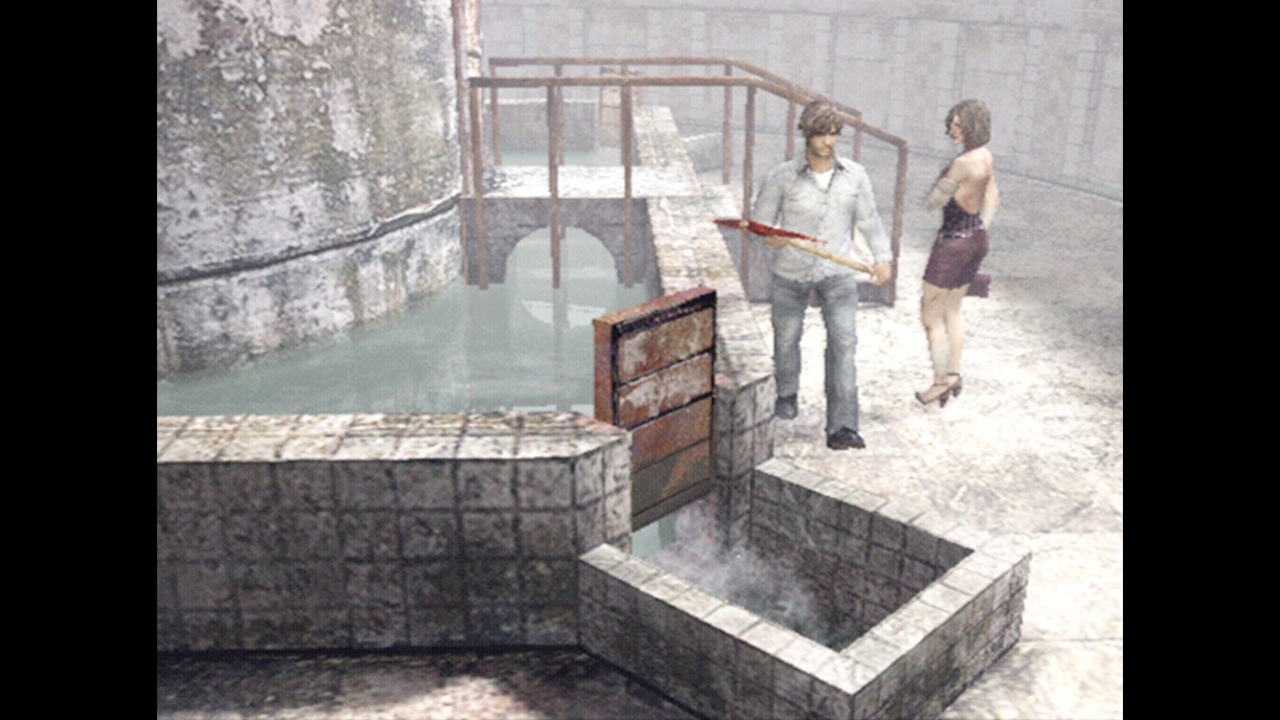
Tantalizing, yes? Would I recommend it? Uh, not really, no. Henry's apartment plays home to odd and deliciously unsettling events, but in practice quickly turns into a cumbersome level hub and place to dump gear. If that's not enough, the second half of the game is a long backtracking sequence meshed with an often horribly buggy escort mission as you travel with your neighbor, Eileen.
For as slick as Silent Hill 2's remake is, you could just as easily clean up a version of the old game, slap it onto digital storefronts, and it'd still be one of the best horror games ever made. Silent Hill 4: The Room will never have that honor, as much as fan patches over the years have sought to address those issues. It's easy to see how technical improvements could better realize the game's failings, from how SSD-support could allow for less cumbersome trips back to the titular room, or allowing Eileen to simply navigate an environment without becoming distracted counting the teeth in the maw of a Sniffer Dog. Even the game's chief designer told us the game could be a "pain in the ass".
Dawn of the 'makes
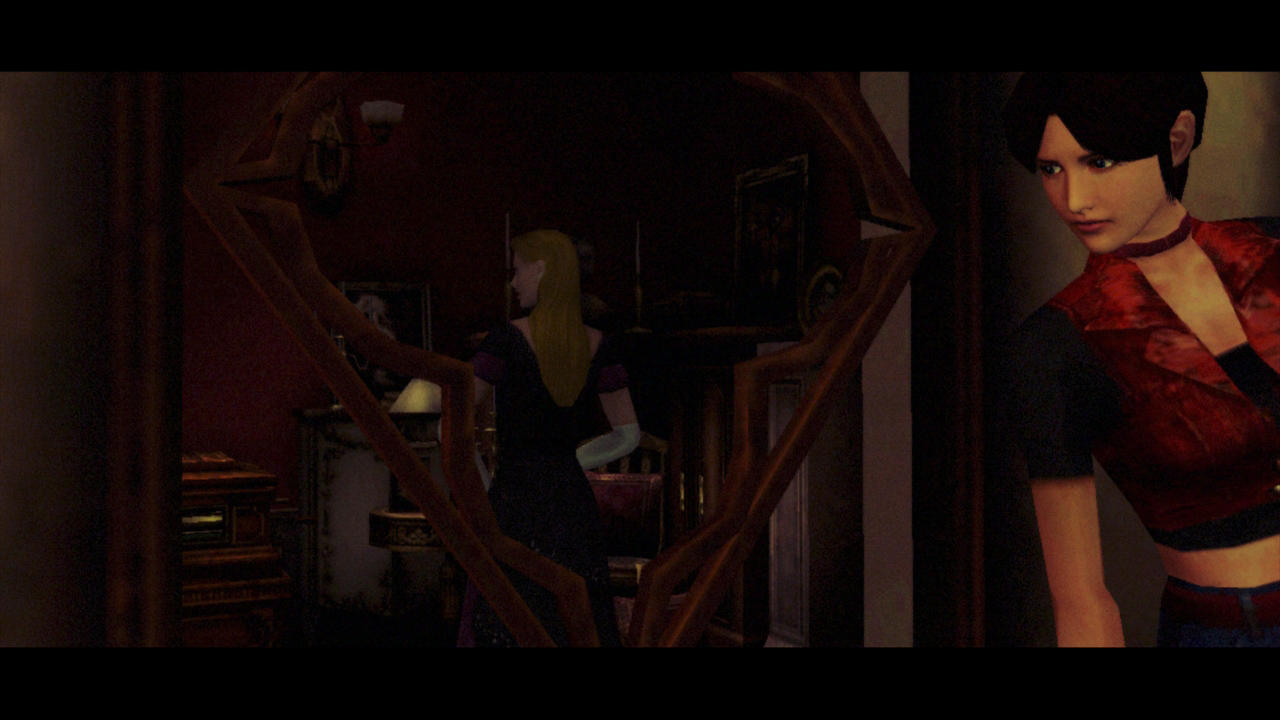
It's not just a problem faced by Silent Hill. At the very least, Resident Evil's many remakes seem to have backed Capcom into a corner where it seems it'll have to remake either one of its deeply flawed side-games Resident Evil 0 (on a train!) or Resident Evil: Code Veronica X (where to begin…).
Likewise, Until Dawn's recent remake feels largely pointless as a game already playable on modern consoles, especially as the visual direction looks worse too. It's always remained a great game to bust out for a chilling evening with friends. But its narrative choices are born from a legacy of overly-ambitious story-led games that didn't get that chance to shine.
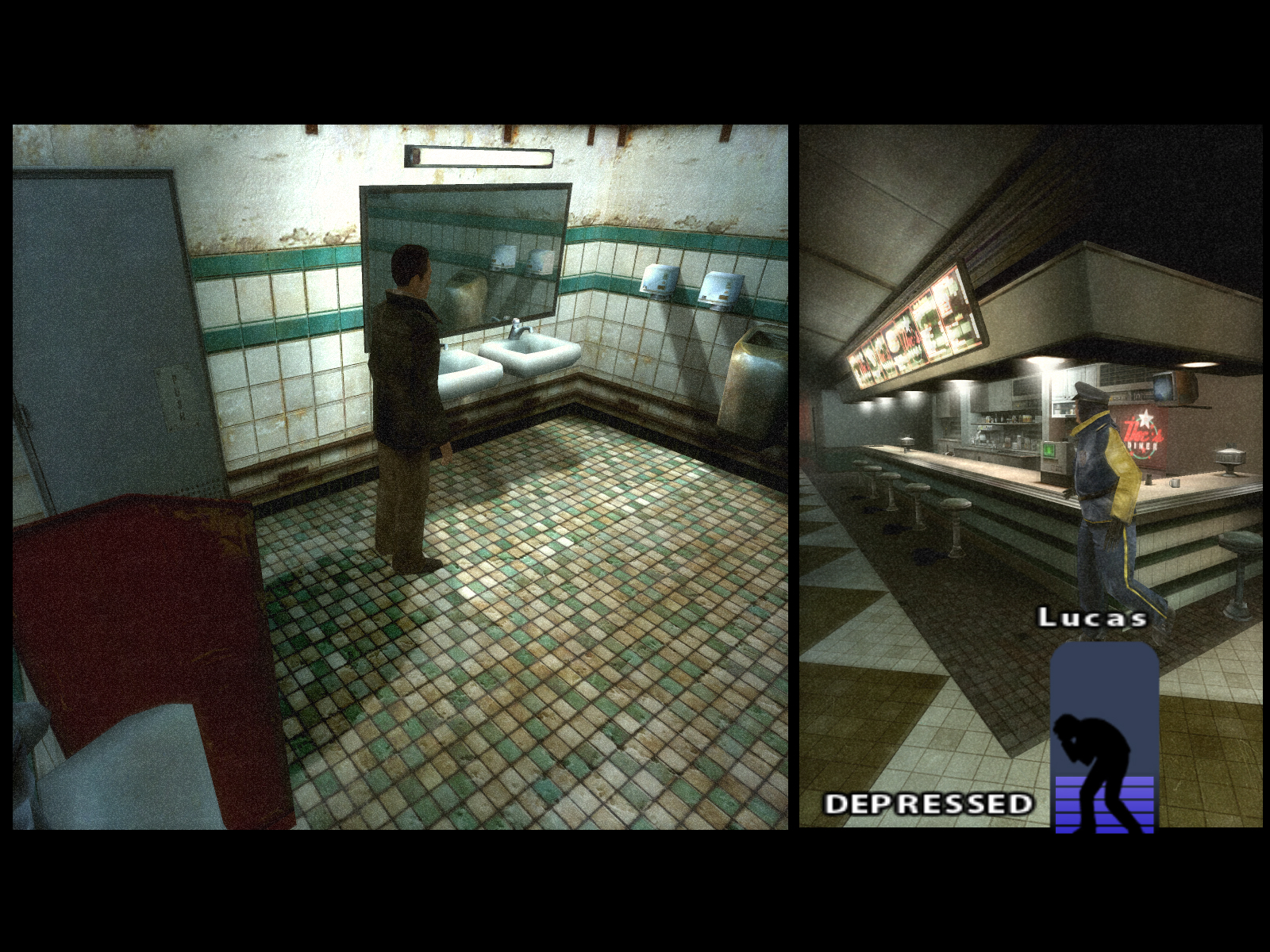
I'd struggle to say I'm a fan of Quantic Dream's Fahrenheit – or Indigo Prophecy for my friends over the pond – but I, like many, was fascinated and obsessed by the promise of its opening chapters where intricate choices suggested wildly diverging paths. And also playing Simon-Says-like sequences where you're chased by weird bugs. I'd love to see the dream of the former revisited. I dare you to boot up that diner introduction and not be hooked.
Though that's another point entirely. I'm not sure I can bring myself to truly suggest Fahrenheit gets a remake. But I would love to see something else refine that ambition, as I don't feel Quantic Dream's later games were able to match it either. So too, for as divergent as Silent Hill 2's remake sometimes is in its moment-to-moment design, the plot beats are all too familiar.
When I play Silent Hill 2 or Resident Evil 4's remakes I'm left thinking 'I'd love to be playing something of this quality, but genuinely new'. If publishers can't bring themselves to revisit the near-greatness of their flawed releases like Silent Hill 4, at least start taking some of the swings that created them in the first place.
Want to play some more Silent Hill? Our best Silent Hill games list might help you work out where to begin. Playing Silent Hill 2? Take a look at our tips and tricks!







